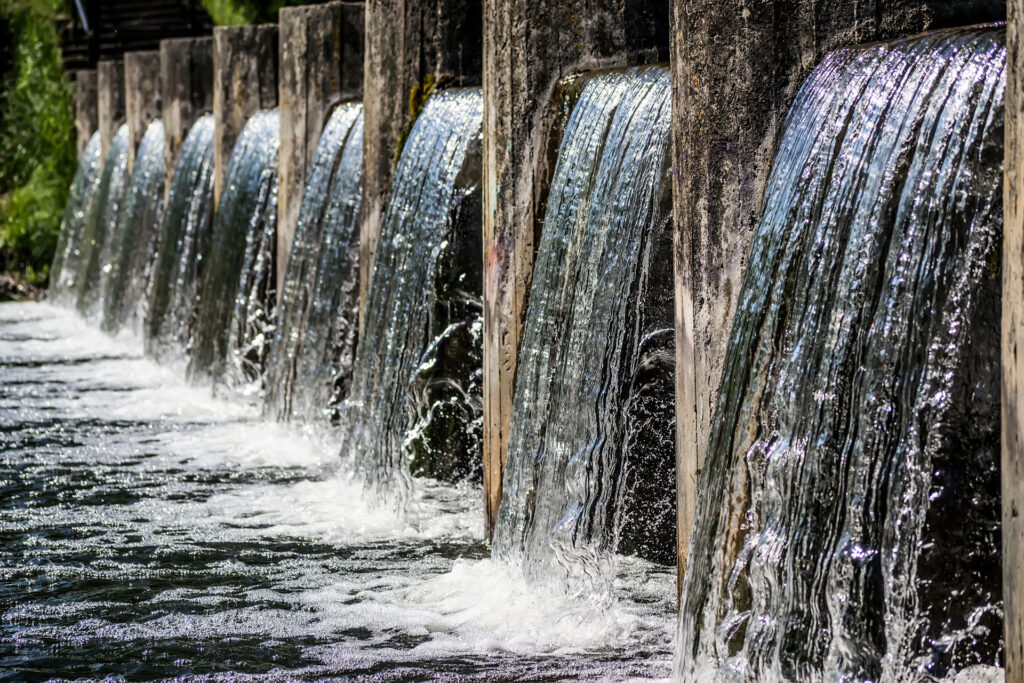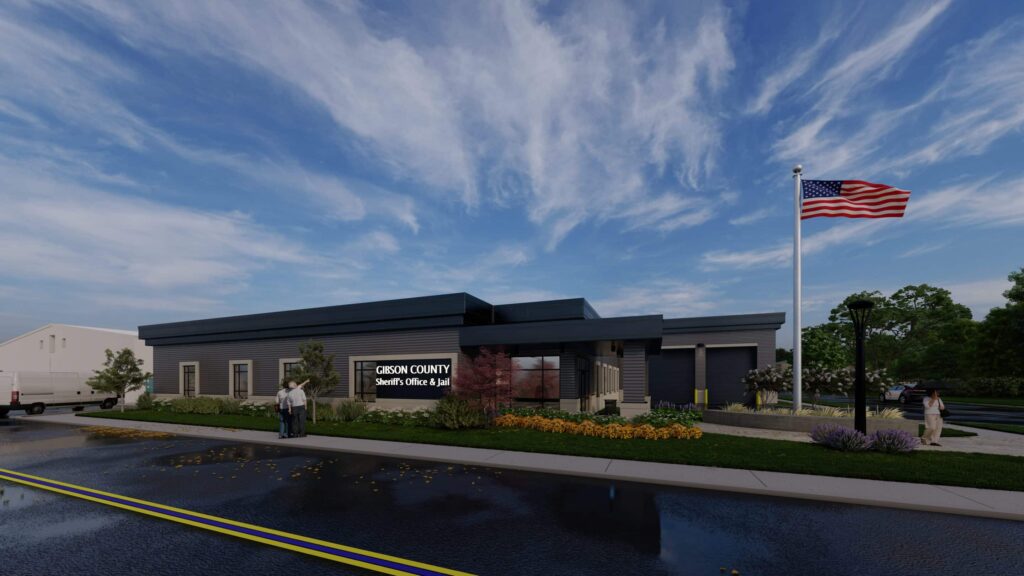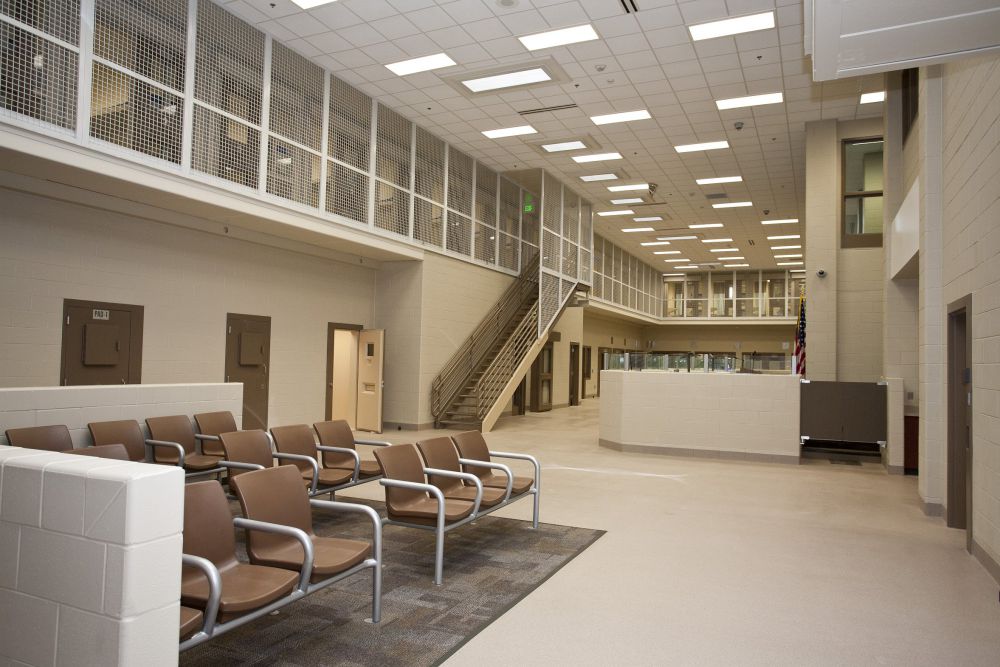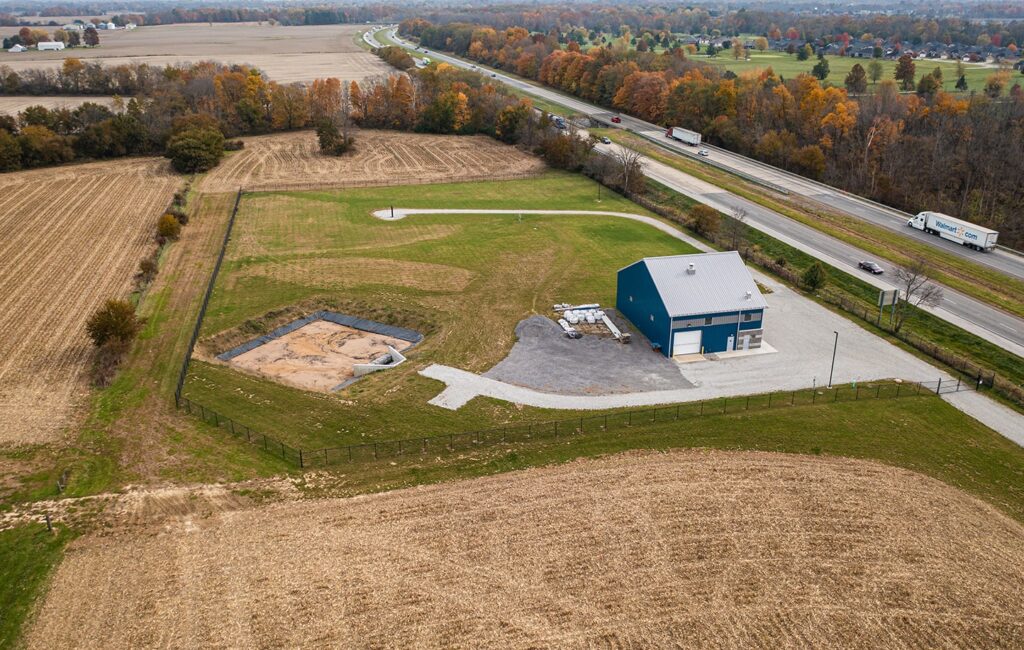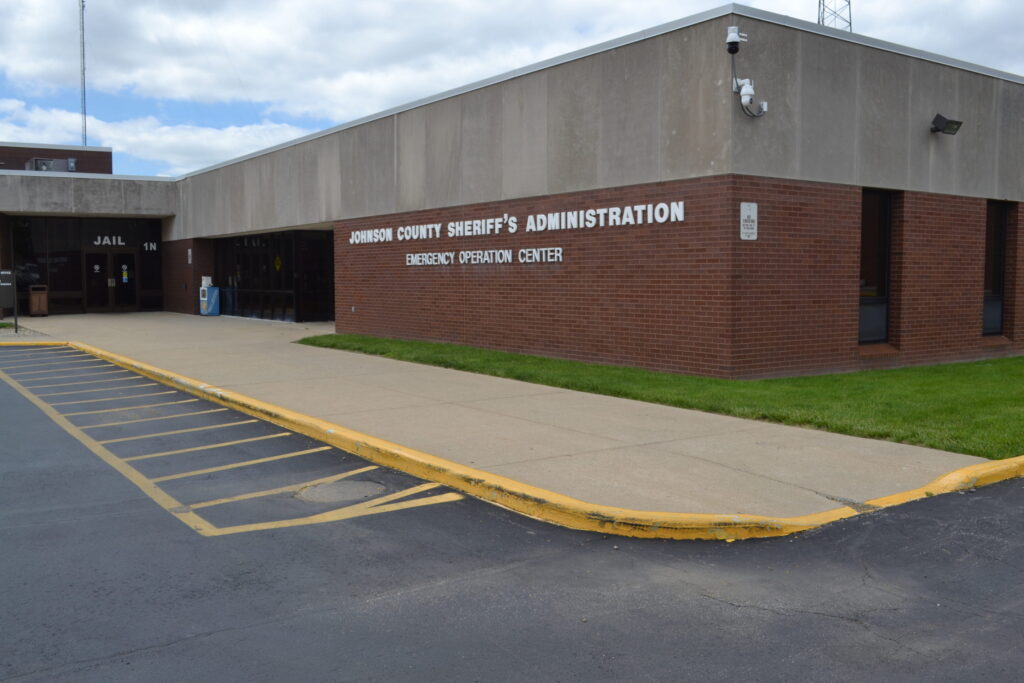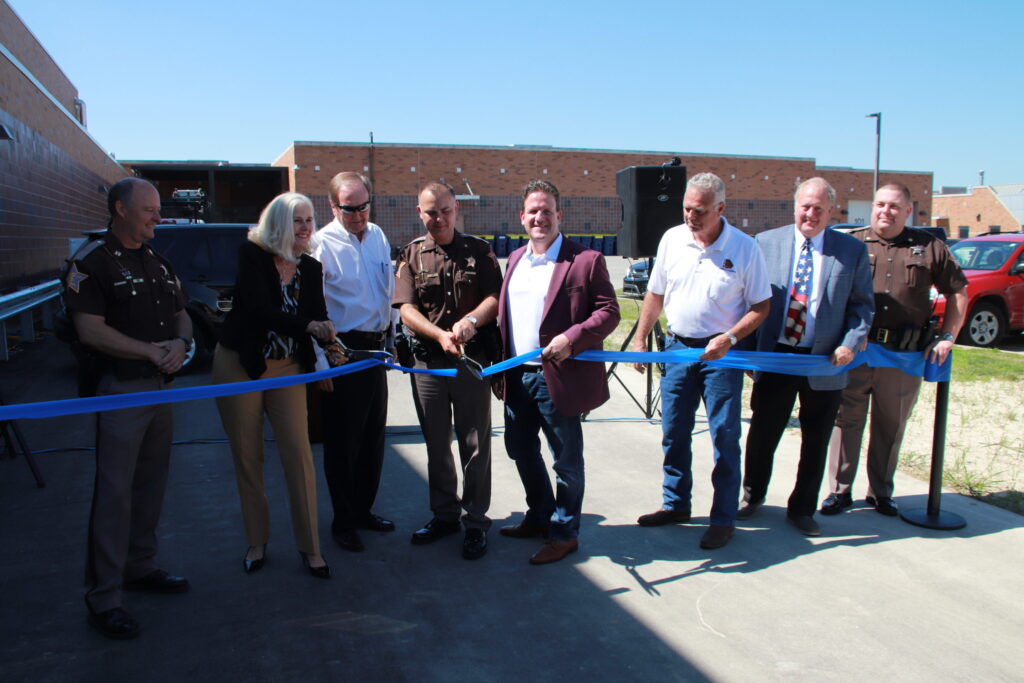With over 30 years of extensive involvement in all aspects of jail design at RQAW | DCCM, I have observed a remarkable evolution of county jails, from basic incarceration facilities to ones that offer a more comprehensive approach to rehabilitation and reduction in recidivism. Utilization of advanced construction systems, modularization, and technology has expanded the capabilities of jails, beyond what was possible a few decades ago. However, the constantly changing correctional design environment due to alterations in legislation, inmate populations, budgets, and resources has necessitated constant adaptation. In the last five years, RQAW | DCCM has taken proactive steps towards developing a fully customizable, fully self-contained podular design. This design not only provides our clients with a tailored, cost-effective solution but also addresses programmatic and staff efficiency needs during a time of reduced workforces and heightened awareness of wellness and well-being. (See Figure 1) Figure 1 RQAW | DCCM’s innovative approach to housing pod design allows for up to 300+ inmates around a single elevated control room, with complete sight and sound separation for up to 12 smaller classification units. With a more diverse population, the need for smaller treatment units has been greater than ever. Our designs provide more normalized environment, with all the required support and treatment spaces within the housing unit including classrooms, video arraignment, interview rooms, isolation/padded cells, and medical spaces. Controlled access allows for self-directed movement of inmates, leading to fewer opportunities for conflict and better utilization of staff. A mix of 2-person and 4-person cells and dormitories provides incentivized options for inmates as they move through the system toward becoming productive and responsible members of society. (See Figure 2 & 3) Figure 2Figure 3 Looking ahead, we believe that the “jail of tomorrow” must have a more focused attention to the restoration of the human spirit for those incarcerated. There have been ongoing discussions around deinstitutionalization, but designers must find ways to contribute to it. We need to be innovative visionaries that help with the problem. The facilities of the future must allow for a multi-faceted approach to the underlying problems causing such a large increase in our incarcerated population. Facilities need to be able to address the entire process from onboarding to outboarding, placing greater emphasis on creating Intervention Centers, which will provide opportunities for trained professionals to fully understand the scope and cause of the problem. This approach allows for early classification and implementation of a targeted-care perspective. It is vital that our jail designs shift toward smaller, more specialized facilities in a campus-like environment that provide better care for inmates with specific needs, such as mental health issues or substance abuse problems. (See Figure 4 & 5) Figure 4 Figure 5 Mental health facilities are changing how county jails function by providing specialized care for inmates with mental health issues, but they will have to be more involved at the county jail level. This could involve offering counseling services, medication management, and other forms of treatment to help address their mental health needs. Mental health facilities are also changing how county jails approach discipline and punishment. Instead of relying solely on punitive measures such as solitary confinement, jails are increasingly using therapeutic approaches to address behavioral issues. Moreover, there must be an increased focus on restorative justice, which aims to repair harm caused by criminal behavior through a collaborative process involving the victim, the offender, and the community. This process would involve more restorative justice programs being offered within county jails as well as a greater emphasis on community-based alternatives to incarceration. (See Figure 6) Figure 6 RQAW | DCCM is committed to being the leader in providing viable, innovative solutions to address the evolving future of jails, as we grapple with changing laws and ideologies. We believe that our design expertise in the “jail of tomorrow” will bring positive impacts to the lives of inmates, the staff, and the community at large.


